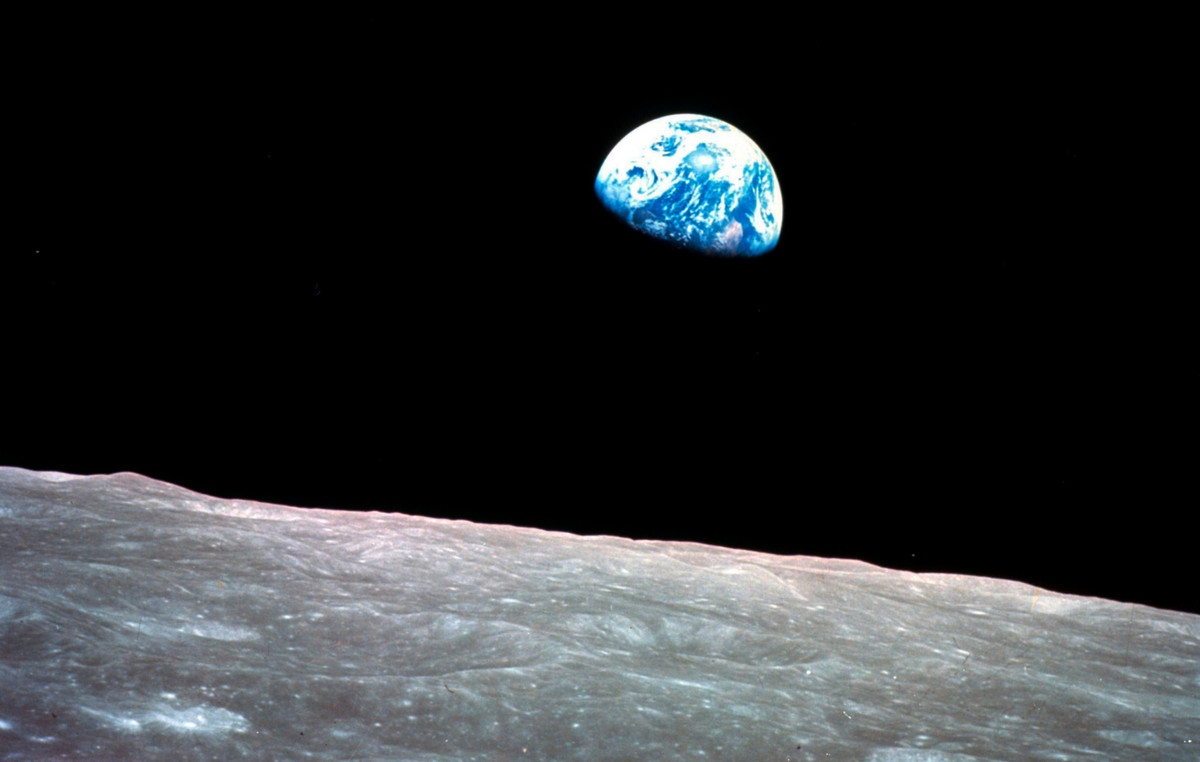For the first time in 50 years, NASA is about to launch a rocket designed to take astronauts to the Moon. But instead of leaving only flags and footprints in a mad dash to beat the Soviet Union, the US space agency has a new rival and new goals in its race to establish a permanent human presence on the Moon.
“There is a new space race, this time with China,” NASA Administrator Bill Nelson told German newspaper Bild in July. “We must be very worried because China is landing on the moon and saying, ‘Now it’s ours and you’ve been left out’.”
Both the US and China are leading a duel to build bases on the ice-rich south pole of the Moon in the 2030s.
China last year announced plans to build an “International Lunar Research Station” with Russia, while more than 20 countries have joined the US-led Artemis program to explore the Moon.
“It’s not just our machines or our people that we send into space. They are our values. It’s who we are. It’s things like the rule of law, democracy, human rights and a free market economy,” Scott of the Space Policy Institute at George Washington University told the BBC. CNN .
“I see Artemis and our human expansion into space as a projection of our American values. It is about diplomatically shaping this new domain on which we depend.”
China insists its lunar efforts are purely scientific and peaceful, and Beijing disagreed when Nelson accused its civilian space agency of being a “military space program”.
“This is not the first time that the head of the US National Aeronautics and Space Administration has ignored the facts and spoken irresponsibly about China,” Zhao Lijian, a spokesperson for the Chinese Ministry of Foreign Affairs, said in July.
“The US side has constantly built a smear campaign against China’s normal and reasonable efforts in outer space, and China firmly opposes such irresponsible comments.”
US Representative Robert Aderholt, a Republican from Alabama, agrees with the NASA administrator, who previously served in the US Senate as a Democrat, that the US is in a second space race, going so far as to argue in July that “Today’s space race has much more at stake.
From a military point of view, the Moon could become the climax of a possible future conflict in space due to its location. It could also serve as a critical starting point for future manned missions to Mars, as the water and ice collected at the lunar south pole contain the elements needed to create rocket propellants (hydrogen and oxygen).
But Pace, who was executive secretary of the National Space Council under the Trump administration, describes the rivalry as “strategic competition” as opposed to the space race of the 1960s and even sees the potential for “lower levels of mutually beneficial cooperation.”
“This is not a rough race to plant a flag,” Pace said. “The 1967 Outer Space Treaty says that space is the business of all mankind. China has the right to explore and use space. I just don’t want them to be there without us.” (China, the Russian Federation, and the United States are signatories to the treaty.)
The Artemis program’s first Space Launch System (SLS) test flight is scheduled to launch from the Kennedy Space Center on Monday, August 29. If the 42-day unmanned mission around the Moon and back is a success, it will keep NASA on track to fulfill its goal of returning American astronauts to the Moon by 2025.
China intends to land on the Moon in 2030 with its astronauts, called Taikonauts. Chinese lunar program engineer and designer Ye Peijian told Chinese state broadcaster CCTV in November: “I personally believe that as long as technological research for manned moon landings continues, as long as the country is determined, a Chinese manned lunar landing is entirely possible. ”. by 2030″, according to SpaceNews.
With NASA’s lunar rocket already on the launch pad and China still in development, the United States has a head start. But former NASA Associate Administrator Doug Loverro says the question of which country is winning this second space race depends on the ultimate goal.
“If the objective is to land on the moon and come back, it is clear that the United States is going to beat China. There’s no doubt about it,” Loverro told CNN . “But if the goal is to land the first humans on Mars, the answer is much less obvious.”
It is also unclear which coalition has the upper hand when it comes to building first base on the Moon. China’s lunar ambitions are not constrained by changes in administration and congressional budget priorities.
“Our ability to build a base on the Moon is severely limited by the way we are using financial resources to get to the Moon,” Loverro said.
The first three flights of NASA’s SLS rocket will cost $4.1 billion each, according to the agency’s inspector general, who told the US Congress in March that the price was “unsustainable.”
Unlike Elon Musk’s SpaceX, which is developing a fully reusable lunar rocket called the Starship, NASA’s SLS rocket is entirely expendable, meaning it can only be used once.
The ability to reuse rockets dramatically lowers the cost per launch, and China is considering developing a fully reusable heavy-lift rocket for future projects on the Moon and beyond, according to SpaceNews.
“The real race is who will be the first nation on Mars,” Loverro said. “Just as 20th century leadership was shaped around who was first to the moon, I think 21st century leadership will be shaped around who is first to Mars.”
Source: CNN Brasil







